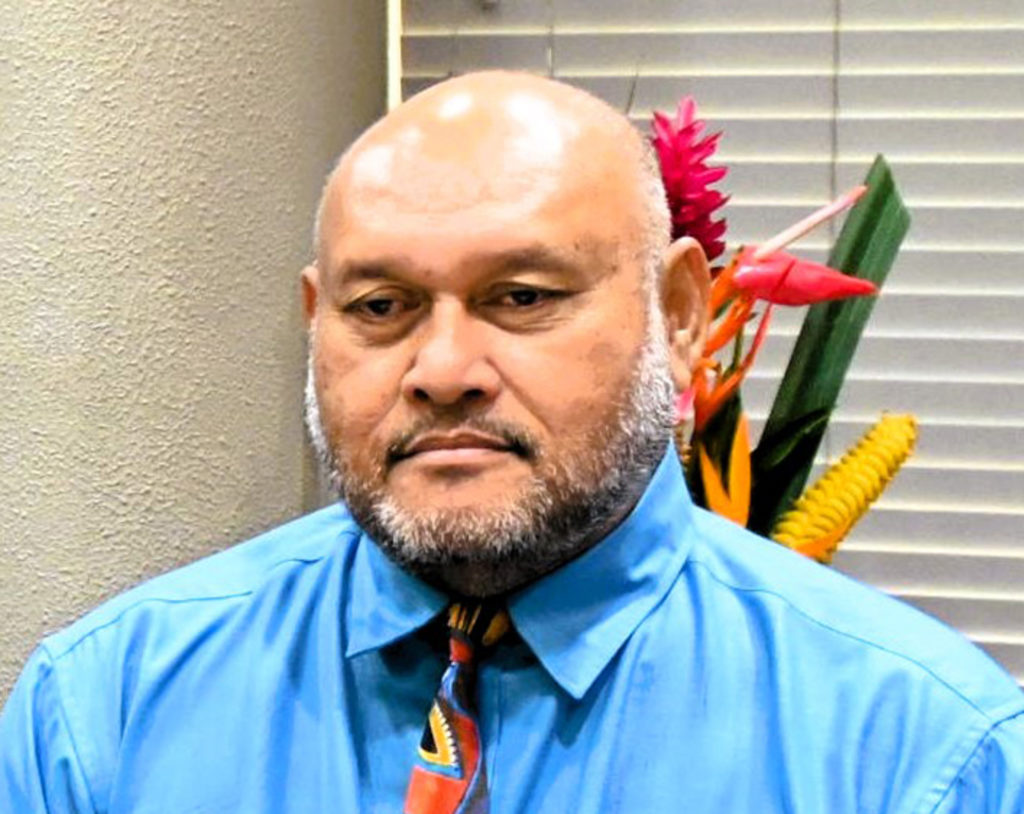Energy Fiji Limited (EFL) wants to develop solar energy generation sources for the country within the next four years with an estimate capital expenditure spend of $200million.
EFL chief executive officer Fatiaki Gibson revealed this while presenting on Energy Security and Resilience in Fiji at the 20th Asia Clean Energy Forum held early this month in Manila, Philippines.
This is part of projects EFL intends to undertake in the next four to five years with an estimated CAPEX of $2billion.
Mr Gibson said EFL intended to increase 124 gigawatt hours of renewables and to decrease about 199 gigawatt hours of fossil fuel.
He acknowledged the Asian Development Bank (ADB) that helped the company with a roadmap for the transition into renewable energy.
In the roadmap report by ADB, he said there were scenarios of potential solar energy capacity EFL could build, and noted the EFL board chose a medium scenario to develop and connect at least 165 megawatts solar with battery energy storage system.
“Obviously, when we looked at it, we could not take it fully on our balance sheet, so we are encouraging IPPs (independent power producers) to participate in this generation source in the solar energy space,” Mr Gibson said.
He said they looked at EFL and the private sector to share the development target.
“But if the independent power producers take 60 or even 70 per cent, that’s better for EFL,” he said.
Mr Gibson said at present, they were talking to some IPP proponents, “and we’re looking at about 50 per cent already to kick off the technical requirements”.
“That will allow us to go into the commercial discussions with those IPP proponents. So for us, there’s another 50 per cent to secure so we can get to our 165MW target.”
Mr Gibson also highlighted work in their other areas of operation, including:
– a 10MW solar power plant with energy storage coming up in Seaqaqa, Macuata, to be developed and commissioned by 2027, and is under pre-tender design and permitting phase;
– a 4MW solar plant with storage in Bureta, Ovalau, targeted to be online by the fourth quarter next year, and can displace up to 50 per cent produced from fossil fuel; and
– a 1MW solar plant in Mua, Taveuni, commissioned and online last year and had taken the delivery of clean energy to about 100 per cent.
Meanwhile, in parallel with these solar energy development plans, EFL will commence preparations of two other hydro schemes – Vatutokotoko hydro-power scheme in Ba with about 23MW, and Qaliwana hydro-electric scheme (located in the same region as the Monasavu hydro scheme) with about 25MW; with estimated capital expenditures of $363m and $290m, respectively.
Also part of the ADB study, Mr Gibson said was to build transmission lines to evacuate the power from those generation sources to the load centres on Viti Levu; and includes the development of the new $132kV transmission lines, the associated 132kV switching stations and connecting substations, and 33kV sub-transmission networks.
Note: This article was first published on the print version of the Fiji Times dated June 24, 2025



